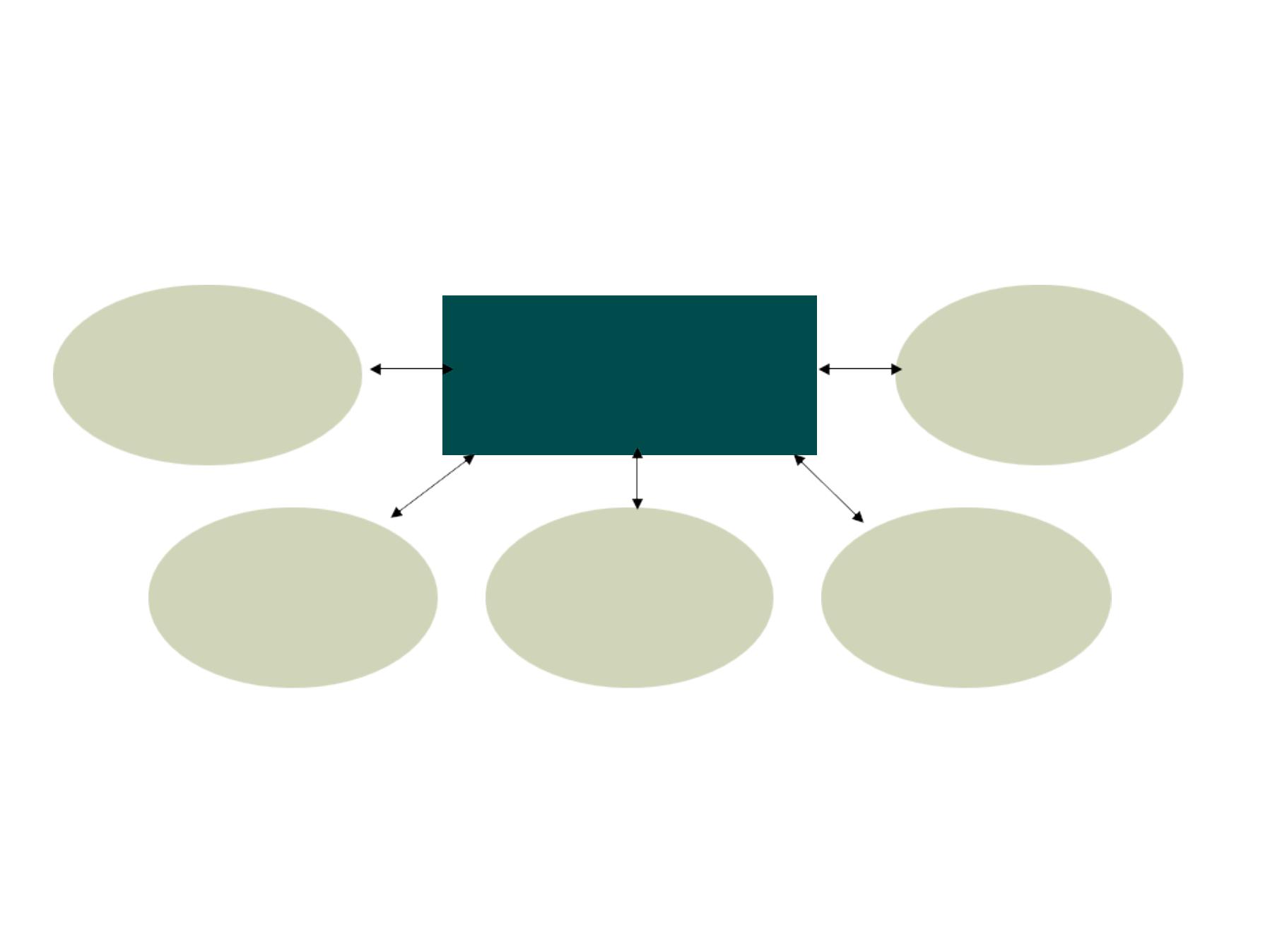
Patient compliance

objectives
•The student can define compliance
•The student know the possible causes of poor
compliance
•The student know the way to treat poor
compliance

Definition of compliance
The extent to which the patient adheres to medical
advice
Patient compliance includes:
{Taking medications
{Keeping appointments
{Undertaking recommended preventive measures
{Changing behavior

Factors Influencing Patient Adherence
compliance
Disease
characteristics
patient–
provider
relations
Treatment
regimen
patient
variables
Clinical settings

Patient’
s noncompliance is important from at least 4
perceptions:
{
Individual patient care.
{
Public health efforts.
{
Interpretation of the medical literature.
{
Economic consequences.
When patients do not take their medications correctly:
{
They may not get better.
{
Can get sicker / worsen the disease.
{
Can have a relapse.

Health Effects:
N
I ncrease morbidity
N
Treatment failure
N
Exacerbation of disease
N
I ncreases frequent physician visits
N
I ncreases hospitalization
N
Death
Economic Effects
N
I ncreases absenteeism
N
L ost productivity at work

Patients in Higher Risk:
1. Asymptomatic conditions
{
Hypertension.
2. Chronic conditions
{
Hypertension, arthritis, diabetes.
3. Cognitive impairment
{
Dementia, Alzheimer.
4. Complex regimens
{
Poly pharmacy.

5. Multiple daily dosing
6. Patient perceptions
{
Effectiveness, side effects, cost.
7. Poor communication
{
Patient practitioner rapport
8. Psychiatric illness
{
Less likely to comply.

Detection of poor compliance
clinical judgment
Monitoring attendance
Response to treatment
Asking the patient
Counting pills
Drug levels

Strategies and Tools to
Enhance Adherence
Pretreatment strategies—
- Identify the potentially nonadherent client/patient and
address the barriers to adherence during counseling before
first prescription.
- Identify an adherence partner , or a peer educator.
- Ask the client/patient to demonstrate adherence ability.
- Identify reminders or tools to help in taking pills.

Strategies and Tools to
Enhance Adherence
Ongoing treatment strategies—
- Generate daily-due review and refill list, and “
flag”absent
clients/patients.
- Refer to community-based health care workers .
- Use modified method in prescribing treatment
- Use incentives and enablers (e.g., having income-generating
projects for caregivers, providing transport on clinic days, or
providing food).

Adherence Counseling: Purpose
• Help clients patients develop an understanding of their
treatment and its challenges.
• Prepare clients patients to initiate treatment.
• Provide ongoing support for clients patients to adhere
to treatment over the long term.
• Help clients patients develop good treatment-taking
behavior.
• Help clients patients set goals for their treatment.

Adherence Counseling: Nature
• Needs to occur before and be ongoing throughout
treatment period sessions.
• Involves highly personal and intimate matters and
behavior.
• Requires recognition of barriers to and challenges of
adherence.
• Needs reinforcement or constructive intervention as
appropriate.
• Encourages participation by family and friends.

example
Prevention and treatment of poor compliance
Prevention
treatment
